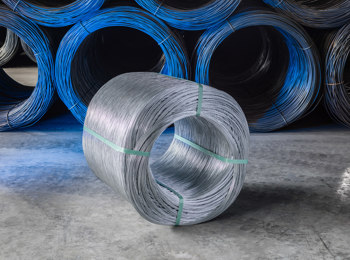Choosing the right hunting and fishing boots is crucial for maximizing your outdoor experiences and ensuring comfort and safety in varying terrains. Drawing from years of wilderness experience and collaboration with seasoned hunters and anglers, I delve into what makes the optimal pair of boots elevate both your performance and enjoyment.

First and foremost, consider the terrain and climate. Boots designed for rugged mountain hunting differ significantly from those suited for swampy areas. A seasoned hunter will attest that waterproofing is non-negotiable—whether you are trudging through wetlands or plodding along riverbanks, dry feet are happier, healthier, and perform better. Look for boots made with Gore-Tex or similar waterproof-breathable materials, ensuring moisture is kept out while allowing sweat to escape.
Insulation is another pivotal factor. For those late-season expeditions, where temperatures plummet, insulated boots, particularly those with Thinsulate, provide the fortification against the cold. However, for warmer climates, opt for lighter, uninsulated models to avoid overheating and discomfort, as well as to reduce unnecessary weight.

Boots constructed with durable leather or robust synthetic materials offer the best protection against rugged environments. Scouring the market for boots with reinforced toe caps can protect against hazards like sharp rocks or unexpected tumbles. Additionally, consider the tread pattern—deep, rubberized outsoles offer superior grip, crucial for slippery terrains or when you need stealthy movement.
Furthermore, the right fit is imperative. A boot that fits well not only improves comfort but also enhances safety by preventing blisters and ensuring stability. Many seasoned outdoorsmen recommend trying on boots at the end of the day when your feet are at their largest, ensuring a snug yet comfortable fit that allows room for thicker socks if needed. Pay attention to the ankle support, especially for hunting trips that require long hikes or unexpected climbs. High-cut boots provide extra stability, reducing the risk of ankle injuries.
hunting and fishing boots
For anglers, particularly those who enjoy wading, boots specifically designed for water traction are invaluable. Felt soles provide excellent grip on slippery rocks, though rubber soles with added grips are now more favored for their eco-friendly and versatile nature.
The authority of a boot brand cannot be overlooked. Trustworthy brands, often backed by decades of expertise and user testimonials, should guide your purchase decisions. Brands such as LaCrosse, Danner, and Muck Boot have established themselves as leaders in this niche, combining innovation with reliability.
Gaining insights from hunting and fishing communities can also help identify trustworthy products. Forums or local outdoor clubs often offer a wealth of shared experiences and recommendations, pointing you towards long-lasting, effective footwear.
Finally, invest in maintenance. Even the best boots will deteriorate if neglected. Regular cleaning and treatment, particularly with leather conditioners or waterproof sprays, extend the life and functionality of your footwear.
In conclusion, the journey to the perfect hunting and fishing boots hinges on understanding specific needs and the environment you’re engaging with. It's about blending professional expertise, trusting reputable brands, and drawing on real-world experiences to make informed choices. This approach ensures not just any outing, but an unforgettable adventure with every step you take.
-
Stay Dry in Any Condition with WadersNewsJul.17,2025
-
Elite Performance with Camouflage Combat BootsNewsJul.17,2025
-
Dry and Comfortable with Green Rubber Garden ShoesNewsJul.17,2025
-
Convenient Protection with Foldable RainbootsNewsJul.17,2025
-
Comfort and Protection with Neoprene Work BootsNewsJul.17,2025
-
Brighten Rainy Days with Floral Rain BootsNewsJul.17,2025
-
Safety Wellies: The Ultimate Combination of Protection, Comfort, and VisibilityNewsJun.19,2025











